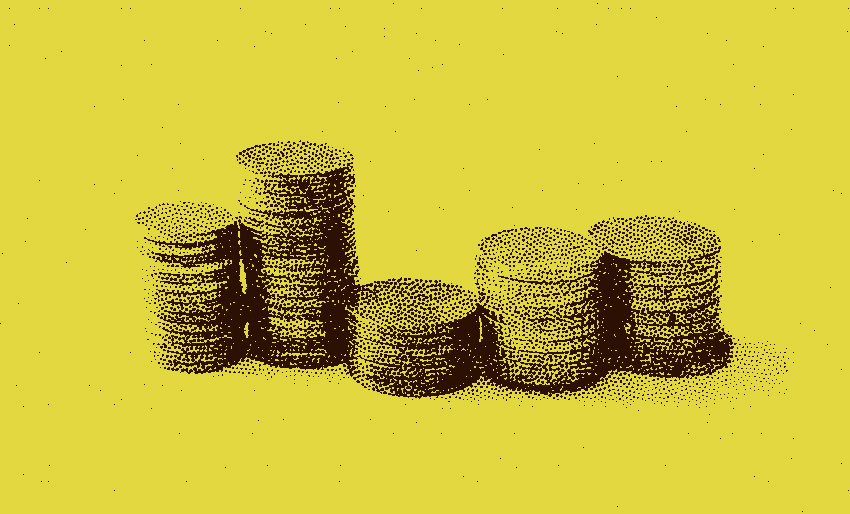How Much Money Should You Have in Your Emergency Fund?
You probably know you should have some money set aside for a rainy day – aka your emergency fund. This is money you can rely on if you lose your job or need to cover a large, unexpected expense. But just how much money should you have in your fund?
While there’s no exact amount that works for everybody, a common rule of thumb is to have at least three to six months’ worth of living expenses on hand.
And if you’re wondering how much that would be for you, we’ll walk you through the calculation by breaking down different categories of expenses. For each category, keep track of how much you spend in a typical month and we’ll add them up at the end.
1) Housing/Rent
This is probably your largest monthly expense. And it’s also the hardest to cut back on if you’re faced with a financial emergency. So you’ll want to be sure you’re covered. If you own your home, include your monthly mortgage payment.
2) Utilities
This would include utilities like heat, water, electric, and gas. (If any are already included in your housing/rent expense, don’t add them twice).
Also include your phone and cable and internet payments.
3) Insurance
Add up all of your monthly insurance payments, including health insurance, auto insurance, and home insurance (owner or renter’s).
4) Transportation
If you spend money on transportation, account for it here. This might be car payments, gas, cabs or ride shares, and public transportation. And if you aren’t quite sure how much you spend in a month, try to come up with a reasonable estimate.
5) Debt payments
If you have any monthly debt payments, like student loans, be sure to include them. Don’t include mortgage payments here though. That should be in the housing/rent category.
6) Food, toiletries, and clothing
Tally up how much you spend each month on your living staples, including food and toiletries (separate from dining out – that’s covered in the next section). Also include an estimate of your monthly spend on clothing.
7) Entertainment
Here you can add up your “fun” expenses, like going out with friends, movies, books, hobbies, travel, etc. This category usually has the most flex if you need to cut back, say if you lose your job. But be realistic with estimating how much you actually spend here.
8) Other/Infrequent expenses
If you have any other expenses we missed, include it here. You can also include any infrequent expenses you don’t pay on a monthly basis. Figure out the monthly equivalent and then add it to your total.
Adding it all up
Once you’ve run through the list, add up your monthly expenses for each category then multiply the total by three or six to figure out your target emergency fund amount.
And don’t panic if you aren’t fully funded yet.
After all, three to six months’ of living expenses could be/probably is a lot of money for you. So if you need to start small and build up over time, that’s okay. (Having $500 in your fund is better than having nothing.) But if you aren’t quite where you need/want to be, be sure to regularly set aside contributions to your fund until you are.
Where to keep it
In terms of where to keep your fund, you’ll want to make sure it’s secure and accessible. A savings account is usually your best bet. But not all are created equal. They vary with respect to how much interest they pay and some of their features. We can help you set one up if you’re interested.
Anything else we can help you with?
How to check your credit report(s) for free



